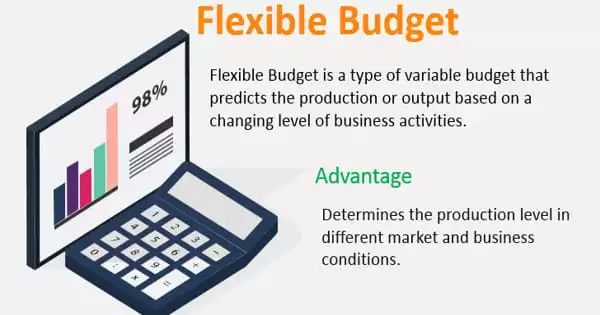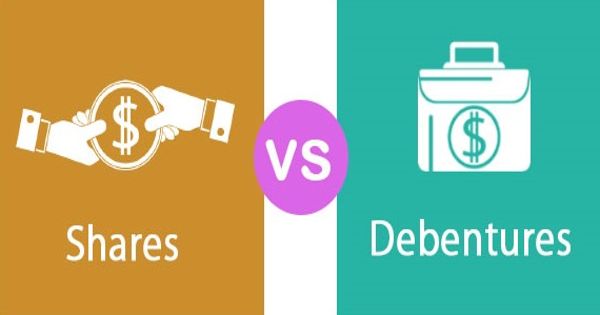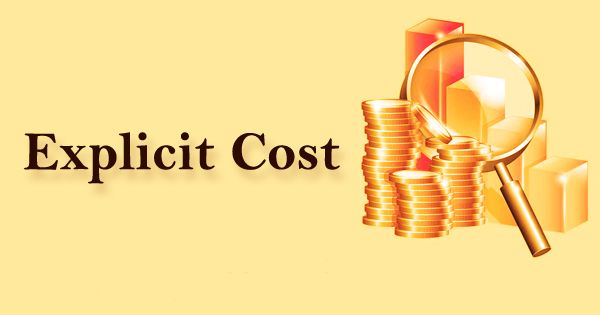A flexible budget, on the other hand, does not predetermine a period’s cash flow. When combined with a fixed budget, it is an excellent performance evaluation tool. It is free to change to meet the needs of the hour and to adapt to changes in its activity. It is essentially a method of accounting for the cost variance in the static budget. It is more sophisticated because it must be re-evaluated based on the needs at any time during the reporting period. Offering performance incentives to your employees, as long as they are directly related to sticking to the static budget, can help you keep your flexible budget expenses to a minimum.
Flexible budgets are a tool for business cycle analysis. It is the type of budget that is prepared in such a way that it can be changed in response to changes in the assumptions made during its preparation. They can’t be made before the end of the business cycle. Looking at the flexible budget at the end of the cycle allows you to make adjustments for the static budget forecasts for the next cycle.
This is a sophisticated budget to prepare because it must take into account all of the changes and variations that may occur in the future reporting period and create a series of budgets to address specific changes. As a result, the budget adapts to the changing landscape of operating costs. Your flexible budget is the end-of-period expense accounting. It can be used to compare to the static budget.
A flex budget, as opposed to a static budget, uses percentages of revenue or expenses rather than fixed numbers. It is necessary to have detailed knowledge of which costs are fixed and which are not, as well as prior knowledge of the impact of changes in assumptions. This method allows you to easily make changes to your budgeted expenses that are directly related to your actual revenue. It works with the understanding that changes are unavoidable and thus is designed to be adaptable.
For example, if you create a static budget based on 1,000 units but only produce or sell 600 units, your static budget is incorrect. The adaptable budget enables you to account for the change, accurately reflecting the situation for 600 units. It also works the other way: if you need to produce 1,400 units, you can use the flexible budget to increase your total cost.
A business in the fashion industry, for example, has a flexible budget because fashion styles change frequently. It is also useful for new ventures because the cost and sales of new ventures are unknown.
Let’s look at a real-life example, using Blue Company.
Blue Company has a revenue budget of $10 million and a cost of goods sold budget of $4 million. Only $1 million of the $4 million budget is fixed. The remaining $3 million is subject to change but is directly related to revenue. As a result, the variable portion of costs of goods sold is 30% of revenues. That is, if efforts are increased to $15 million, the variable portion of costs of goods sold rises from $3 million to $4.5 million. If efforts are reduced to $8 million, the variable portion decreases from $3 million to $2.4 million.
Pros of a Flexible Budget –
- Allows you to roll with the punches so you can easily address changes in your circumstances and market conditions, such as business volume and market fluctuations.
- Resource allocation is less rigid
- Provides a more accurate reflection of your current financial state
- Makes it easier for your organization to mitigate risk while pursuing new opportunities
Cons of a Flexible Budget
- Flexible budgets are more time consuming and require additional oversight and maintenance
- Limits the ability to plan in areas where the budget is changing
- Predictions don’t last as long. Usually, they last months, instead of quarters
- There’s less accountability to stick to the original budget
So, how can you have better cost controls, but less accountability?
You can easily reallocate funds as needed if you keep an eye on the budget. Assume you spent less on overhead than expected, but new taxes mean your manufacturing department will fall short of its targets. You’ll end up with more predictable costs in the future if you divert what you’d spend on utilities and in-office expenses to a one-time effort to negotiate a better contract with other suppliers.
















